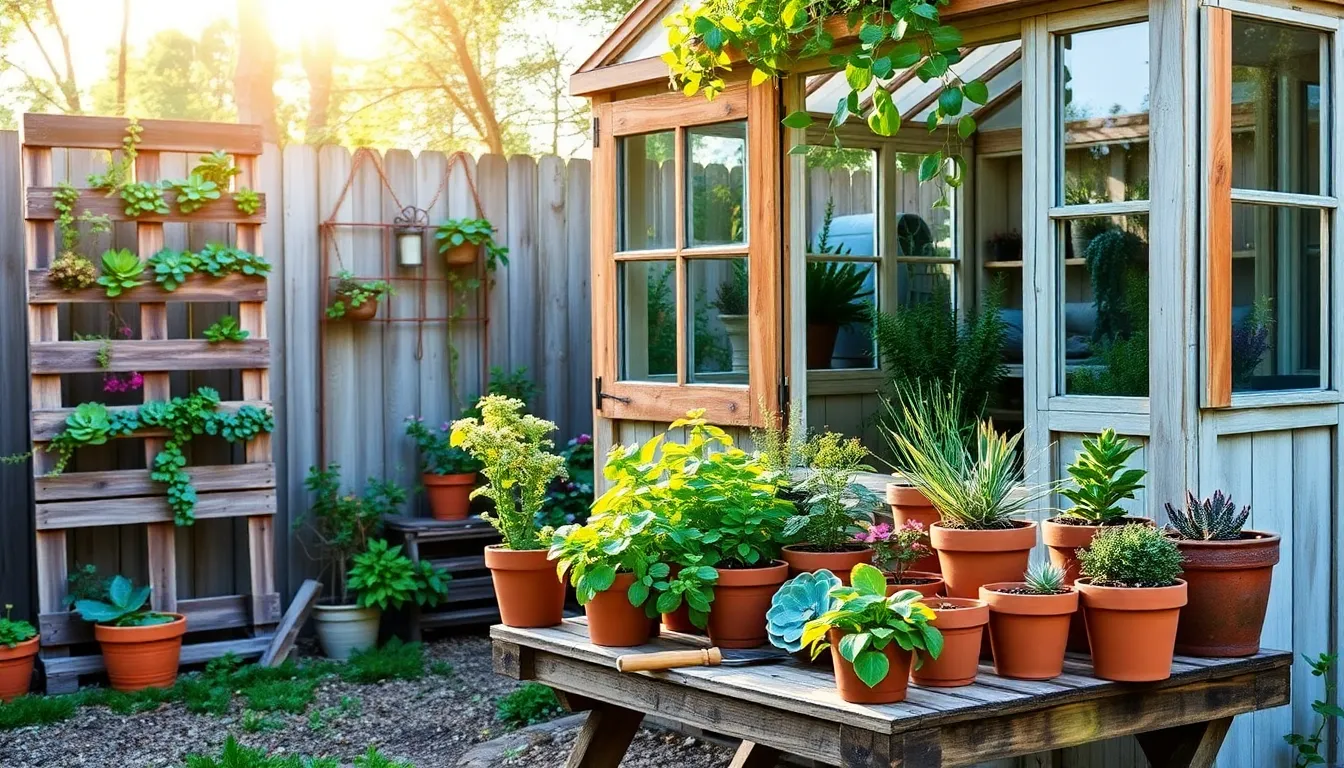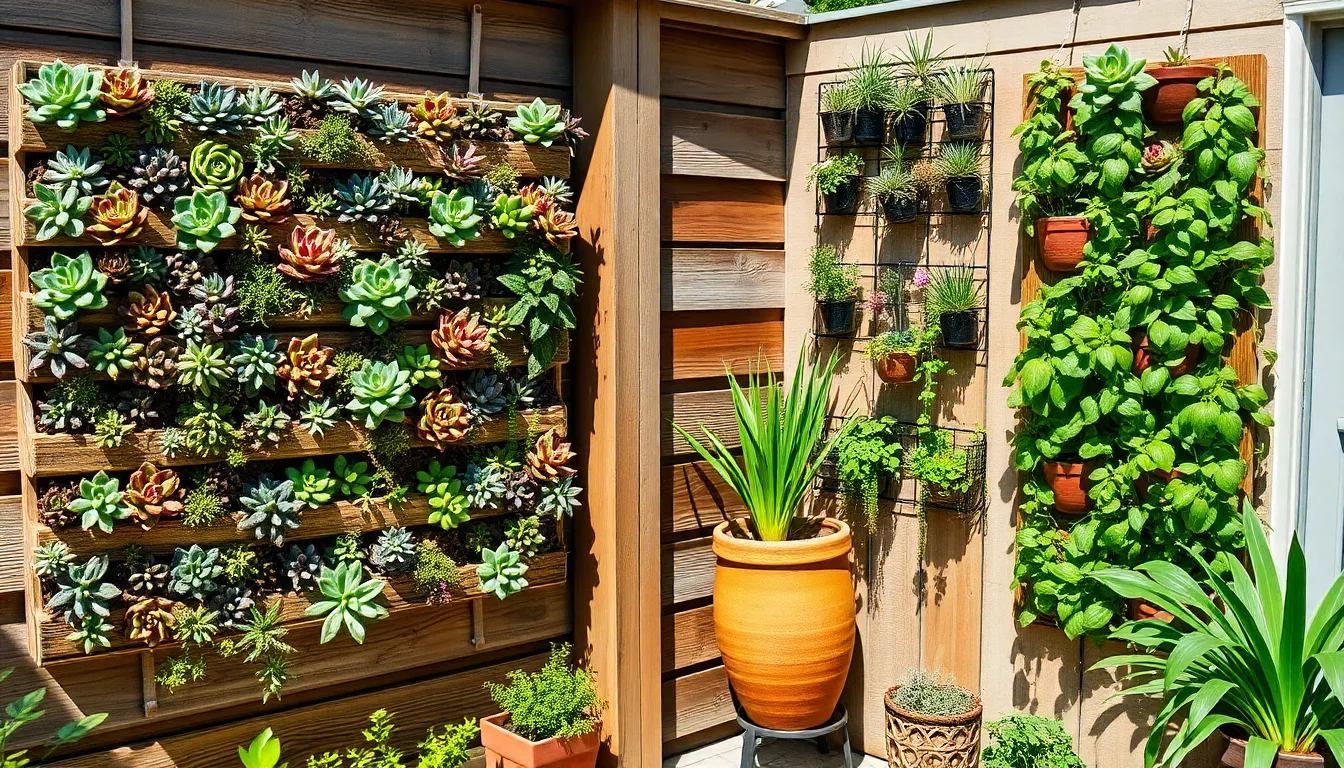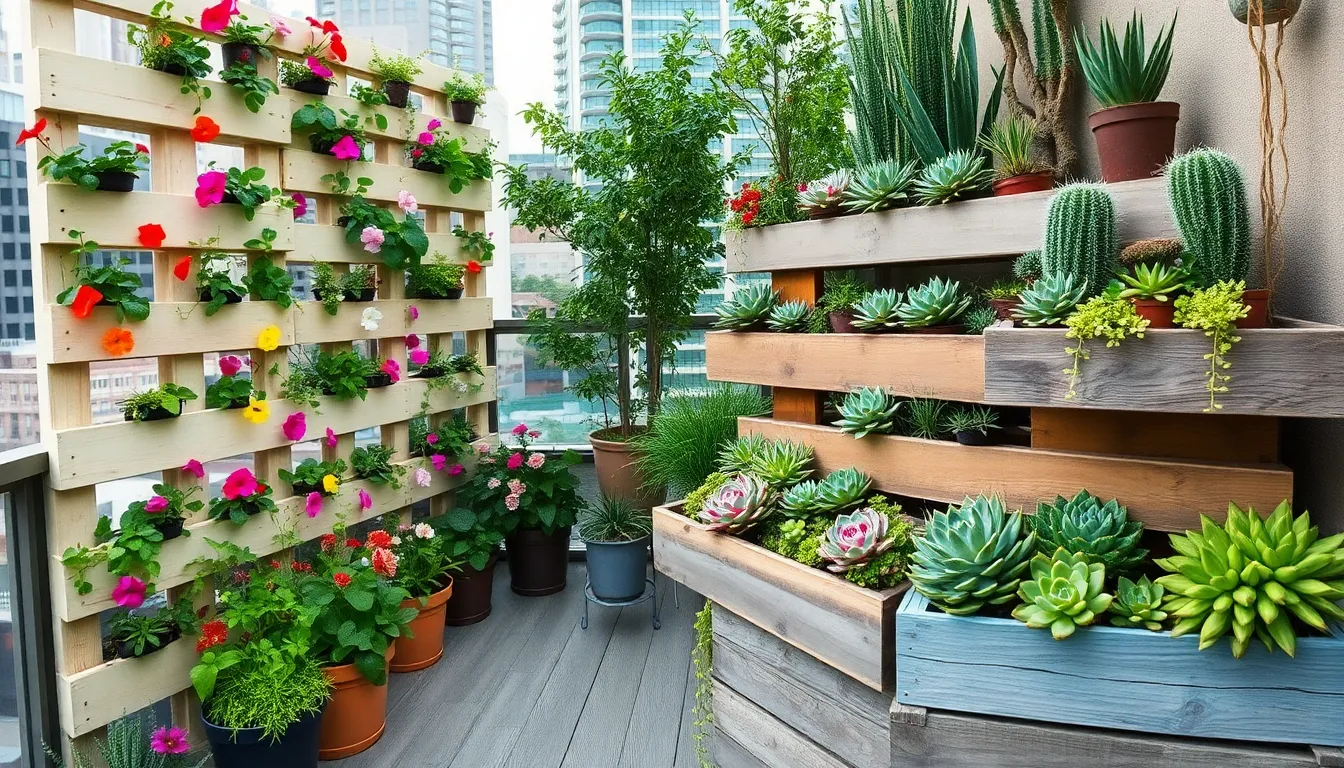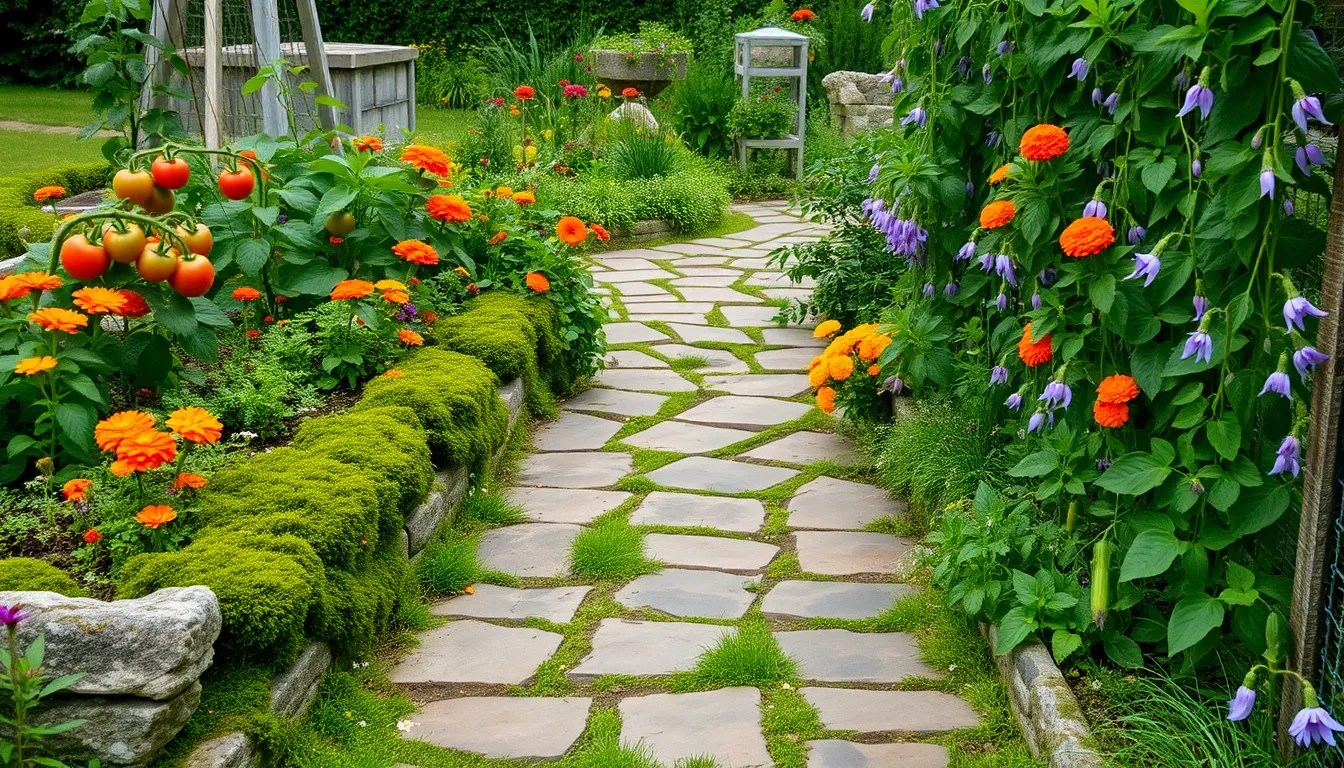Imagine stepping into your backyard and being greeted by the vibrant greens and budding blooms that thrive in your very own greenhouse sanctuary. Whether you’re a seasoned gardener looking to expand your horticultural horizons or a budding enthusiast eager to take your first step, creating a greenhouse offers a rewarding way to cultivate plants year-round and foster a deeper connection with nature. A greenhouse not only extends your growing season but also provides a protective haven for your plants against the whims of weather, giving you the joy of nurturing a wider variety of flora.
In this article, we will explore ten beginner-friendly greenhouse projects that cater to a range of experience levels and garden spaces. You’ll discover practical tips and creative ideas to kickstart your greenhouse journey, from simple DIY setups to more ambitious projects that will test your green thumb. As you explore these projects, you’ll gain insights into selecting the right materials, maximizing space, and maintaining the ideal environment for your plants. Our goal is to empower you to transform your backyard into a lush, thriving ecosystem, no matter your level of expertise. By the end of this guide, you’ll be ready to bring your dream greenhouse to life, enriching both your garden and your gardening experience.
Choosing a Greenhouse Style
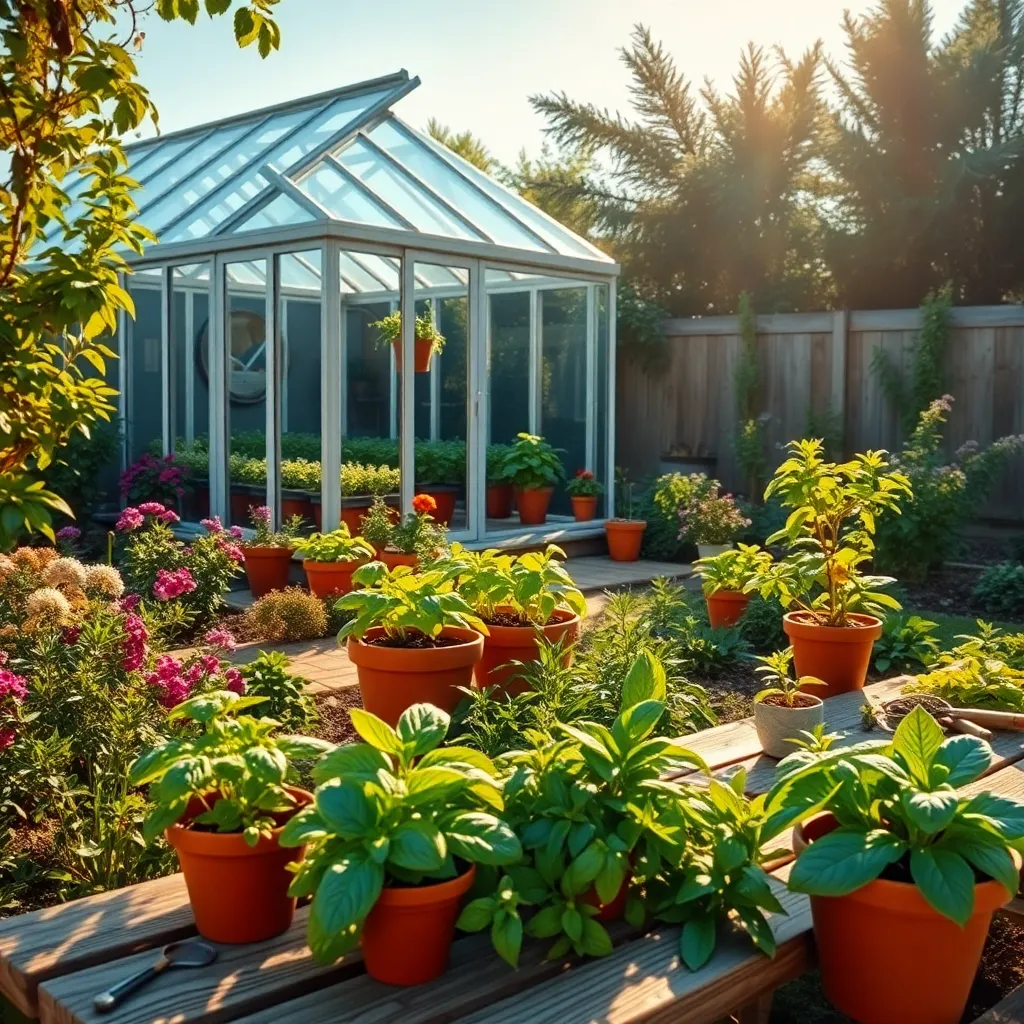
When selecting a greenhouse style, consider the space available in your backyard and what you plan to grow. Lean-to greenhouses are perfect for small spaces and can be attached to an existing structure, providing easy access to electricity and water.
For those with more space, freestanding greenhouses offer greater flexibility in size and placement. These structures allow for optimal sunlight exposure from all sides, creating a more balanced environment for your plants.
If you’re aiming for a year-round growing environment, choose a greenhouse with a sturdy frame and high-quality glazing material. Consider materials like polycarbonate panels, which provide excellent insulation and UV protection, keeping plants healthy even in colder months.
Ventilation is crucial in any greenhouse to prevent overheating and ensure plants receive fresh air. Install adjustable vents or a small fan to maintain air circulation, helping to control humidity and temperature levels effectively.
Budget-Friendly Construction Tips
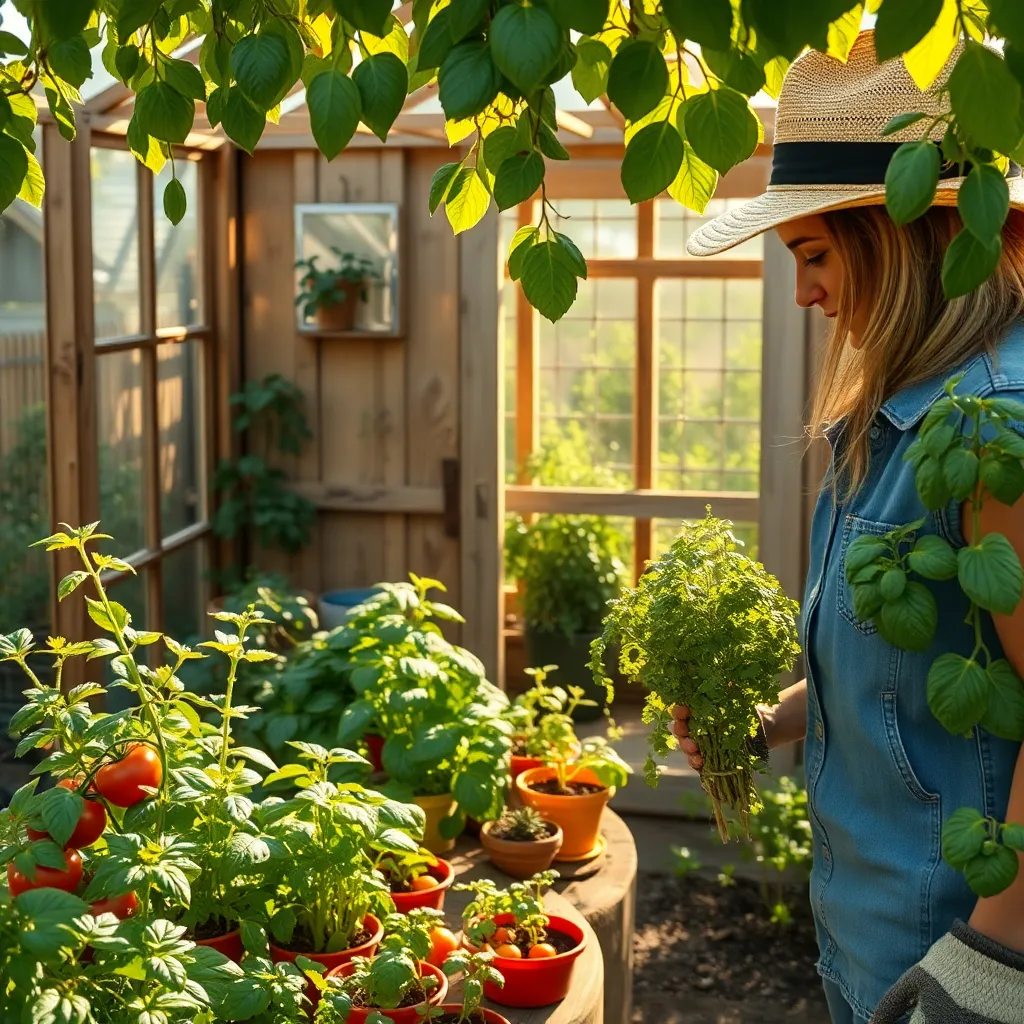
Building a greenhouse on a budget doesn’t mean sacrificing quality or functionality. Start by considering recycled materials like old windows or doors to create a unique and cost-effective structure.
Additionally, sourcing local materials can drastically cut costs. Look for nearby businesses or construction sites willing to part with excess supplies or offcuts, which can often be obtained for free or at a reduced price.
For the foundation, opt for simple solutions such as gravel or reclaimed bricks, which provide excellent drainage and stability. Ensure the site is level and compact to prevent shifting and to maintain the integrity of your greenhouse.
Using a simple hoop house design is another budget-friendly option. Construct hoops from PVC pipes or metal conduit, which are both durable and affordable, then cover them with UV-resistant polyethylene sheeting to create a functional greenhouse.
Maximize your greenhouse’s efficiency by positioning it where it will receive the most sunlight, ideally south-facing. This placement will reduce the need for additional heating, saving on energy costs while keeping your plants healthy and thriving.
Essential Tools and Materials
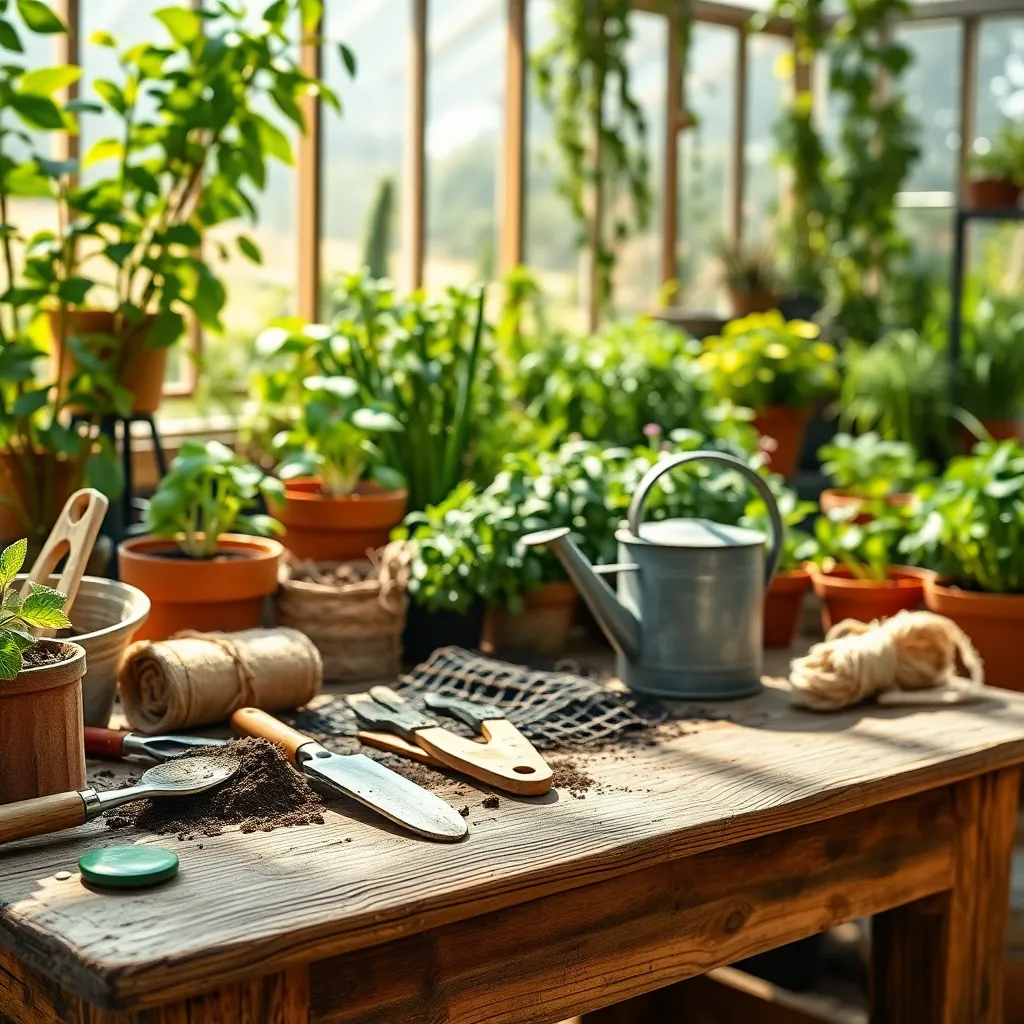
To start your greenhouse project on the right foot, you’ll need a few essential tools and materials that are both versatile and user-friendly. A sturdy pair of gardening gloves and a reliable trowel are indispensable for planting and transplanting.
Investing in a high-quality watering can with a narrow spout ensures precise watering without damaging delicate seedlings. For those planning to grow a variety of plants, consider getting a soil pH tester to ensure optimal soil conditions.
Another vital tool is a set of pruning shears, which will help maintain plant health by removing dead or diseased growth. Beginners will find a basic hand-held hoe useful for soil aeration and weed control, promoting healthier plant growth.
For more advanced gardeners, a small greenhouse heater can be a game-changer in maintaining consistent temperatures during cooler months. Additionally, using shade cloths helps regulate the amount of sunlight, preventing plants from overheating in the summer.
Optimizing Light and Ventilation
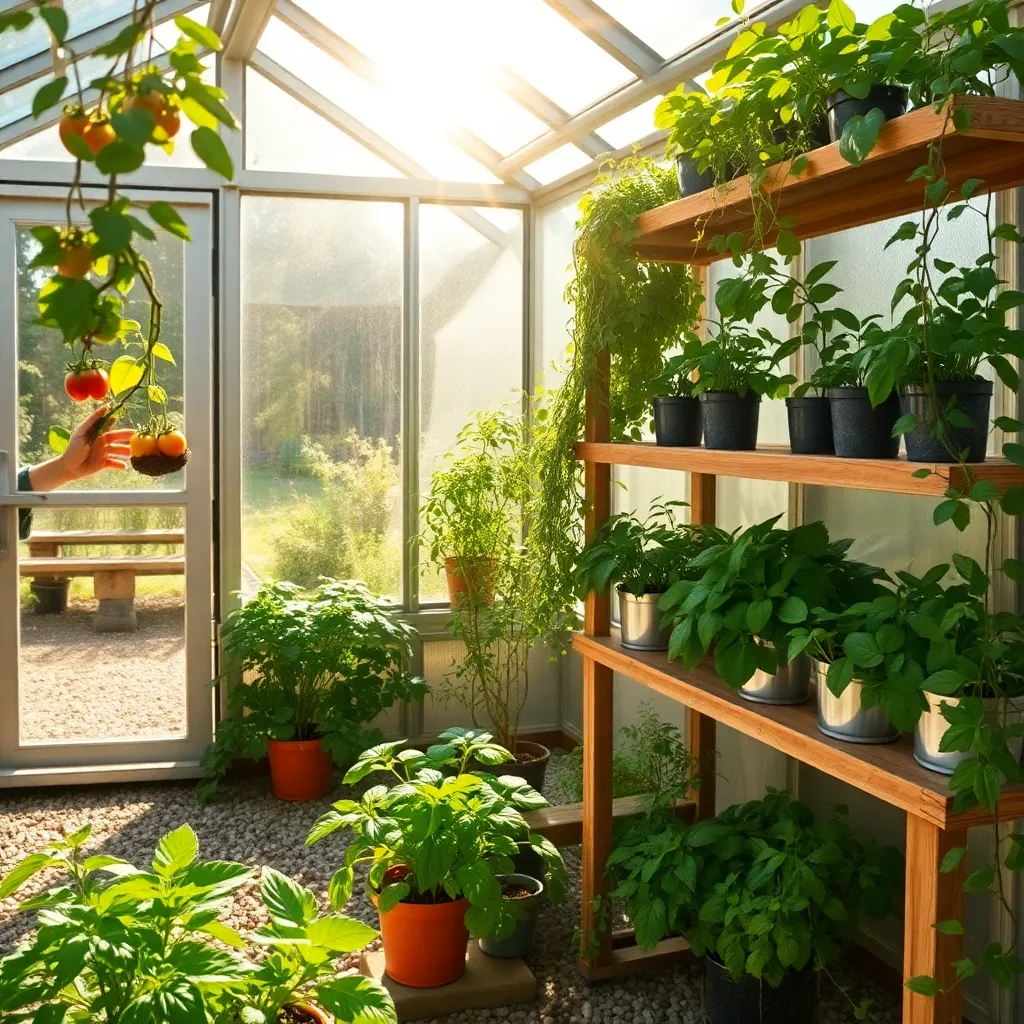
Optimizing light and ventilation is crucial for a thriving greenhouse environment. A greenhouse should receive at least six hours of direct sunlight daily, ideally from the south or southeast to maximize morning light exposure.
Consider installing adjustable shades or using shade cloths to prevent overheating during peak summer months. These can be easily removed or adjusted to allow maximum light during cooler seasons, promoting healthy plant growth.
Good ventilation prevents mold and pest issues by regulating temperature and humidity levels. Incorporate roof vents, side vents, or exhaust fans to facilitate airflow, ensuring your plants receive fresh air and preventing stagnation.
For those with more experience, consider setting up an automated ventilation system. This system can include sensors that open vents or activate fans when temperatures rise, maintaining optimal growing conditions effortlessly.
Selecting Beginner-Friendly Plants
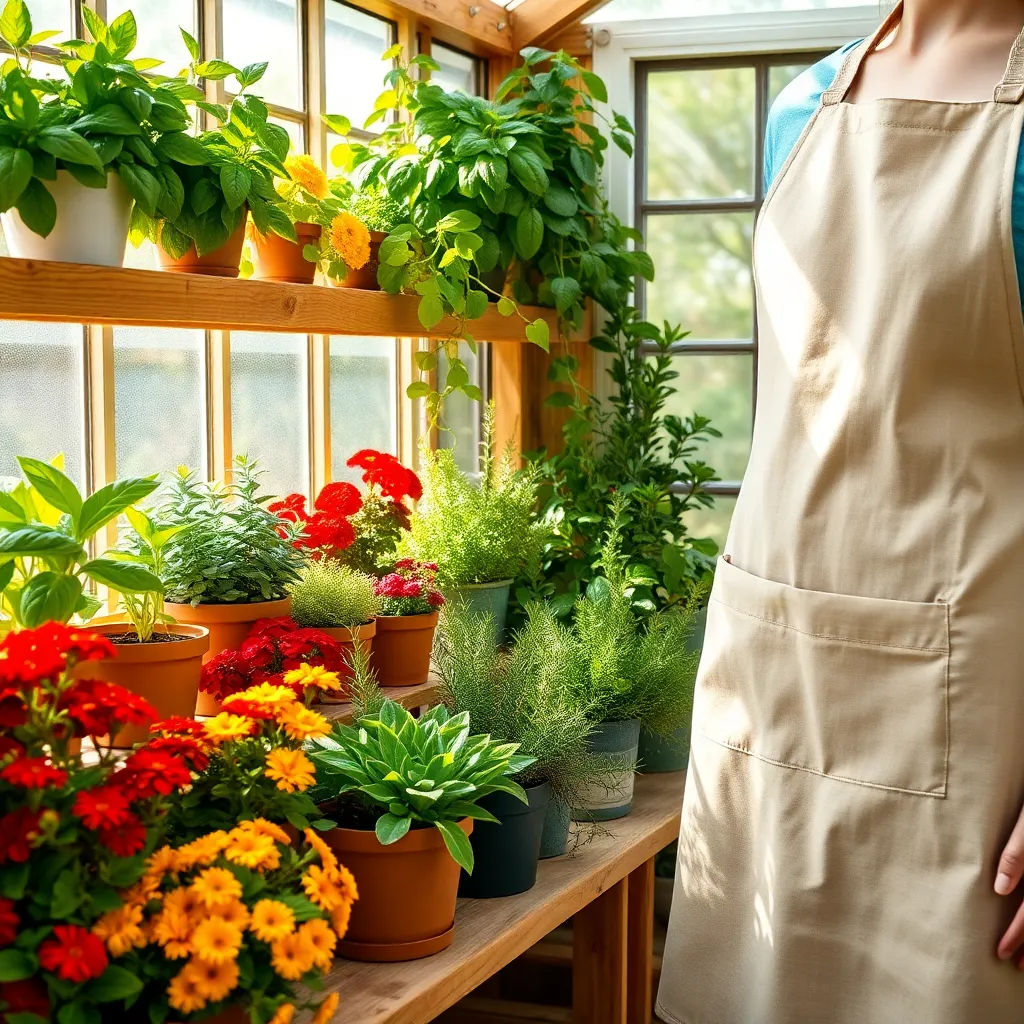
When selecting plants for your backyard greenhouse, start with species that are known for their hardiness and low maintenance. Herbs like basil, mint, and chives are excellent choices as they thrive in a variety of conditions and can be harvested regularly, providing a sense of accomplishment for beginners.
Consider choosing plants that are forgiving if you miss a watering or two. Succulents and cacti are ideal for this, as they require infrequent watering and can handle a bit of neglect, making them perfect for those new to gardening.
Leafy greens such as lettuce and spinach are also beginner-friendly and grow well in greenhouse environments. These plants prefer moist, well-draining soil and can be grown in containers, which makes them easy to manage and harvest.
To ensure success, use a potting mix that retains moisture but drains well, such as a combination of peat moss, vermiculite, and perlite. Regularly check the soil moisture with your finger; if it’s dry an inch below the surface, it’s time to water.
For a touch of color, marigolds are hardy flowering plants that repel pests naturally, adding both beauty and function to your greenhouse. These flowers thrive in full sun and require moderate watering, making them a delightful and manageable choice for beginners.
Simple Irrigation Solutions
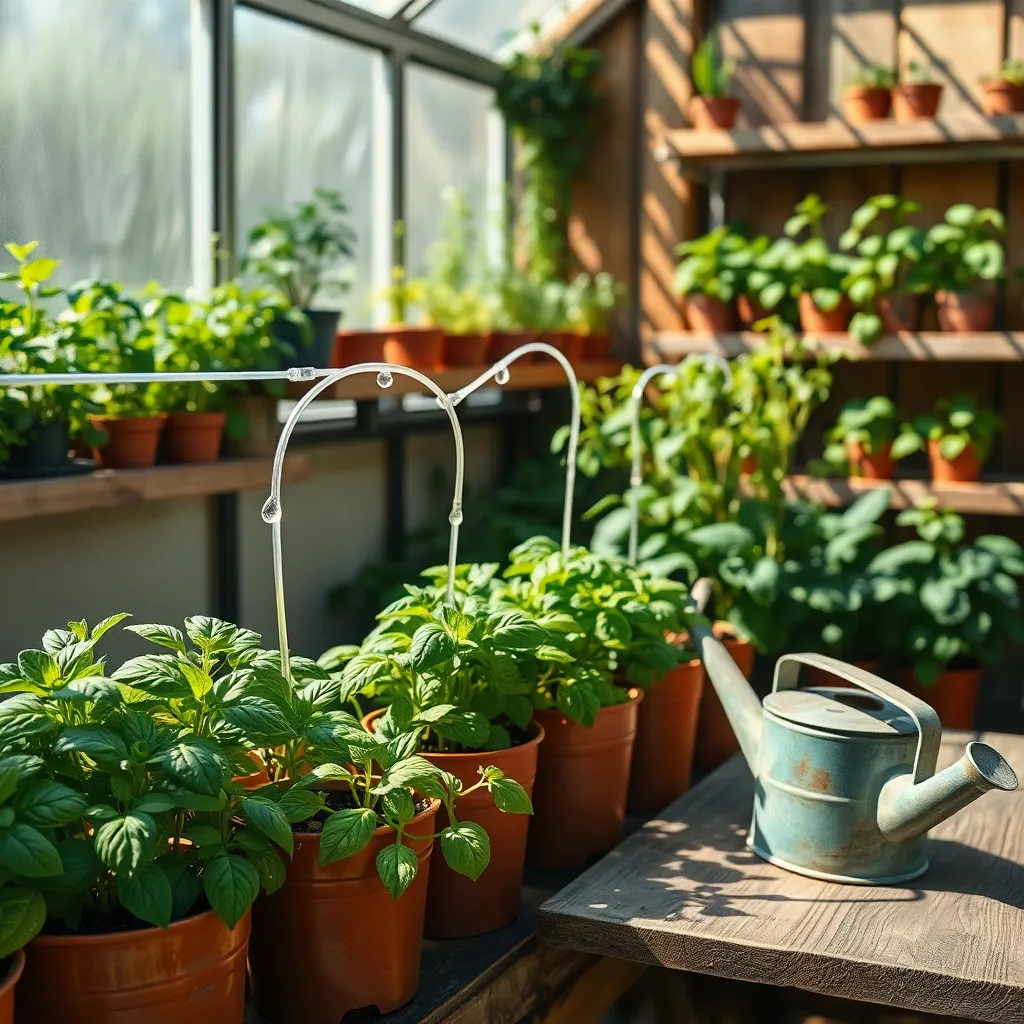
Effective irrigation is crucial for maintaining a healthy backyard greenhouse, ensuring that plants receive the right amount of water. Drip irrigation systems are an excellent choice for beginners, as they deliver water directly to the plant roots, reducing waste and optimizing plant health.
To set up a simple drip irrigation system, consider using soaker hoses or drip lines that can be easily laid out on the soil surface. These systems can be connected to a timer, allowing you to automate watering schedules and ensure consistent moisture levels, especially during dry spells.
For those looking for a more advanced solution, consider installing a rainwater harvesting system to collect and store rainwater for irrigation. This sustainable approach not only conserves water but also provides plants with nutrient-rich rainwater, which can enhance their growth and vitality.
Hand watering with a watering can is a simple yet effective method for beginners who want to start with minimal investment. However, it’s essential to water early in the morning or late in the afternoon to minimize evaporation and ensure plants absorb the necessary moisture.
DIY Temperature Control Methods
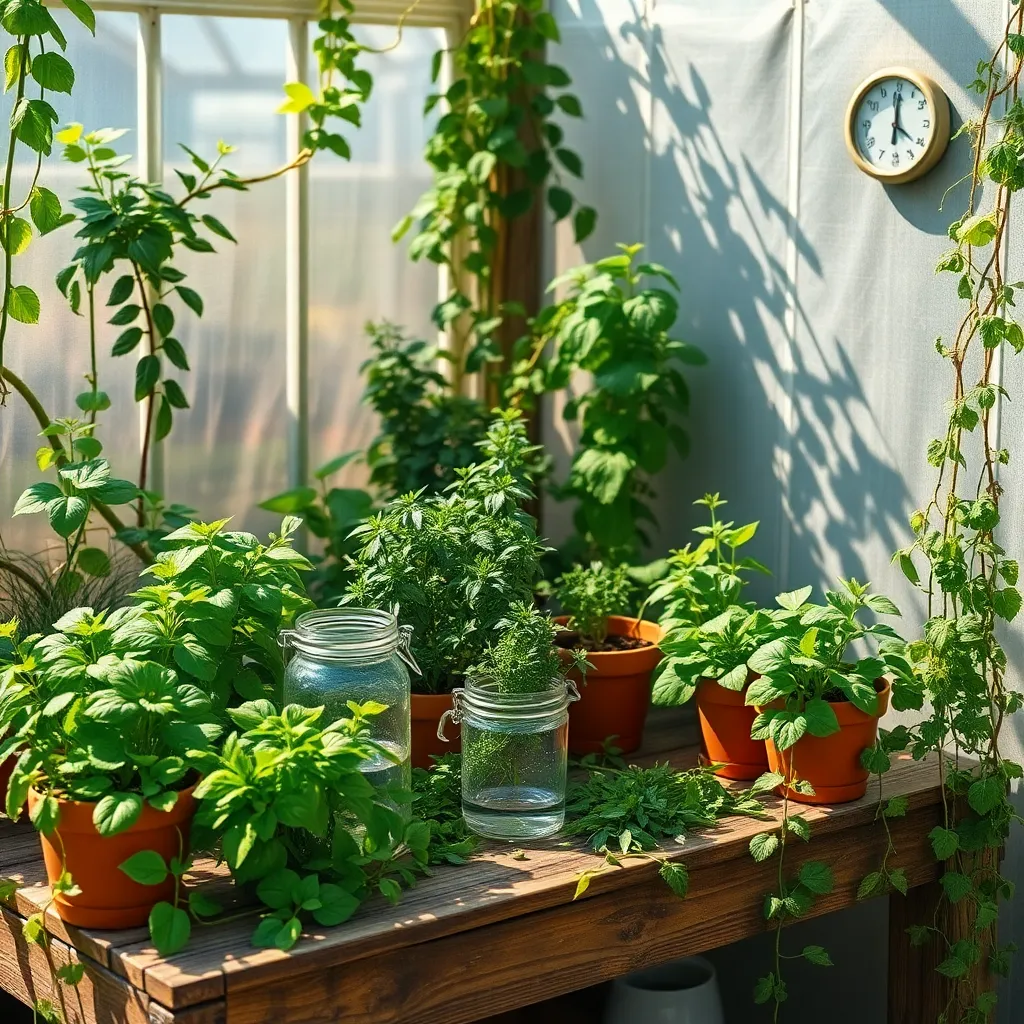
Maintaining optimal temperatures in your greenhouse is essential for plant health, and there are several DIY methods you can try. One simple approach is to use thermal mass objects, like water barrels or stones, which absorb heat during the day and release it at night.
For those looking to take it a step further, consider installing a ventilation system using auto vent openers. These devices automatically open windows when the temperature rises, ensuring your plants get enough fresh air without manual intervention.
Another effective method is to use shade cloths to reduce heat during the hottest parts of the day. Choose a cloth with a 30% to 50% density for most plants, and adjust as needed based on your specific climate and plant types.
To maintain warmth during colder months, you can create a simple heat retention system by lining the north wall of your greenhouse with insulating bubble wrap. This helps to trap heat while still allowing light to penetrate, creating a more stable environment for your plants.
Maximizing Space Efficiency

To maximize space efficiency in your greenhouse, utilize vertical gardening techniques to make the most of every square foot. Installing shelves or hanging planters allows you to grow a variety of plants without cluttering the floor area, creating a more organized and productive space.
Consider using stackable planters or tiered shelving units to accommodate different plant sizes and light requirements. This approach not only saves space but also ensures that each plant receives adequate sunlight and air circulation, essential for healthy growth.
For beginners, starting with easy-to-grow plants like herbs and leafy greens is a great way to get accustomed to vertical gardening. These plants typically require minimal soil depth and can thrive in compact setups, making them ideal for space-saving projects.
Advanced gardeners might experiment with hydroponic systems, which can further increase productivity in limited spaces. By circulating nutrient-rich water instead of using traditional soil, hydroponics allows plants to grow faster and more efficiently, maximizing yield.
Regardless of your experience level, be mindful of the watering needs of plants in vertical setups, as they can dry out more quickly than those in the ground. Utilize drip irrigation systems or self-watering planters to maintain consistent moisture and reduce maintenance time.
Pest Prevention and Management
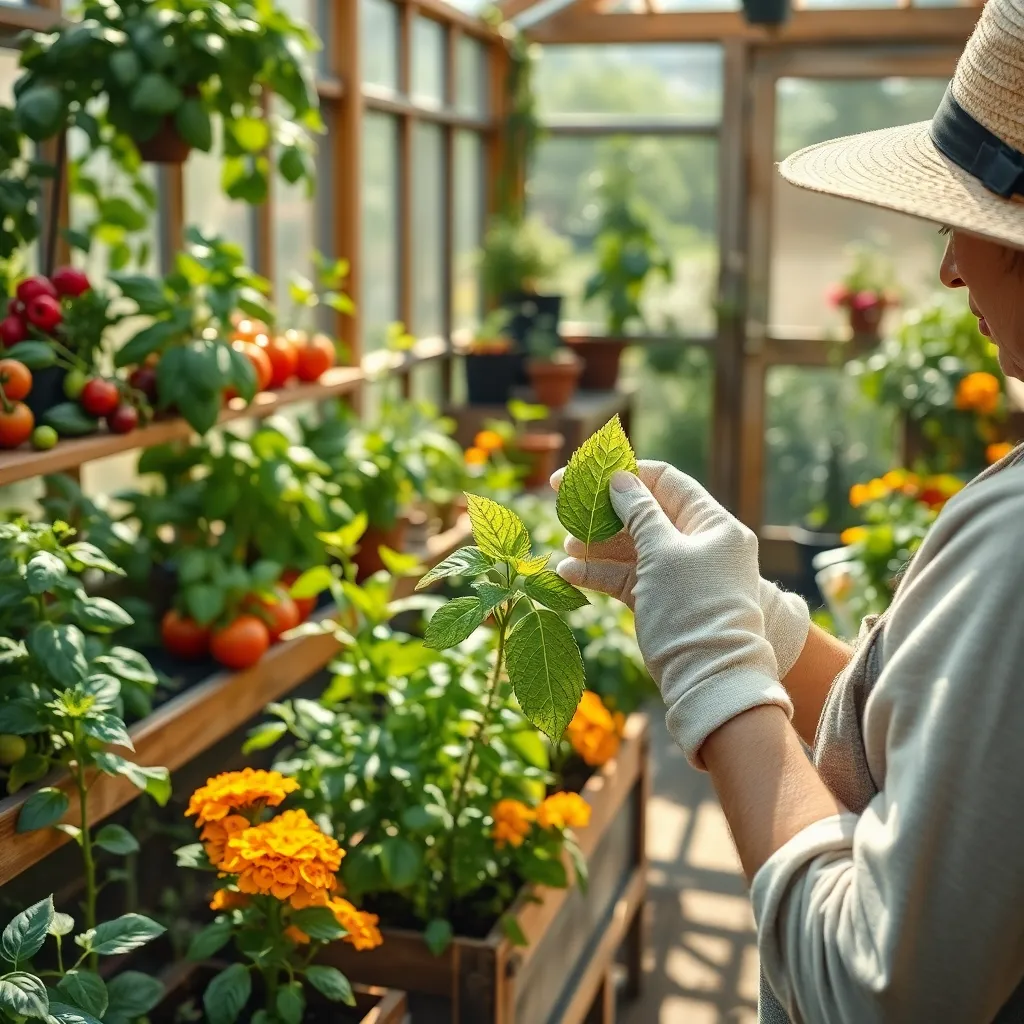
Maintaining a pest-free greenhouse is crucial for the health of your plants. Start by regularly inspecting your plants for signs of infestation, such as discolored leaves or holes, to catch any issues early.
Consider introducing beneficial insects like ladybugs, which can naturally control aphid populations. These friendly predators are effective and eco-friendly, making them a great choice for organic gardening.
Another preventive measure is to ensure proper ventilation in your greenhouse. Good airflow helps prevent the buildup of humidity, which is a common cause of pest and fungal problems.
For a more advanced approach, employing crop rotation can minimize pest buildup. Rotate your plants seasonally to prevent pests from establishing themselves in a particular area of your greenhouse.
Using natural deterrents like neem oil can also be beneficial. It’s a safe and effective option for controlling a variety of pests without harming beneficial insects.
Remember, maintaining cleanliness in your greenhouse is paramount. Regularly remove dead leaves and debris, as these can harbor pests and diseases, providing them with a perfect breeding ground.
Seasonal Maintenance Checklist

As the seasons change, your greenhouse will benefit from a thoughtful maintenance routine to ensure optimal plant growth. Begin by inspecting the structure for any damage or wear, focusing on the panes and seals to ensure they remain intact and functional.
Next, take the time to clean the greenhouse thoroughly to prevent disease and pest buildup. Use a gentle soap and water solution to wash the interior and exterior surfaces, making sure to rinse well and allow everything to dry before reintroducing plants.
During fall and winter, adjust your watering schedule to account for reduced sunlight and cooler temperatures. It’s crucial to avoid overwatering during these months, so check the soil moisture regularly and water only when necessary.
In spring and summer, consider increasing ventilation to manage rising temperatures and humidity levels. You can open vents or install fans to promote air circulation, which helps to prevent mold and mildew from developing.
Regularly assess the nutritional needs of your plants, as seasonal shifts can affect nutrient uptake. Fertilize appropriately with a balanced fertilizer, adjusting the type and frequency based on plant growth stages and specific requirements.
Conclusion: Growing Success with These Plants
In exploring the vibrant world of backyard greenhouse projects, we’ve uncovered ten insightful relationship concepts to nurture both your green thumb and your personal connections. First, collaboration in shared goals strengthens bonds; second, patience and understanding are crucial for growth. Third, adaptability allows relationships to thrive in changing environments, while fourth, communication nurtures clarity and trust. Fifth, mutual support during challenges fosters resilience, and sixth, celebrating small victories enhances joy. Seventh, consistency in care is vital; eighth, creative problem-solving leads to innovation. Ninth, setting aside time for shared interests deepens connection, and finally, the tenth concept underscores how learning together cultivates lasting bonds.
To bring these principles to life, choose one project that excites both you and your partner, and start planning this weekend. As you dig into the soil and your shared endeavor, watch how these foundational concepts transform your relationship dynamics. Bookmark this article as your go-to guide for refreshing these insights whenever needed.
Remember, the seeds of relationship success are sown in the actions of today. By embracing these principles and projects, you’re not just enriching your garden but also your connection, paving the way for a flourishing future together.

